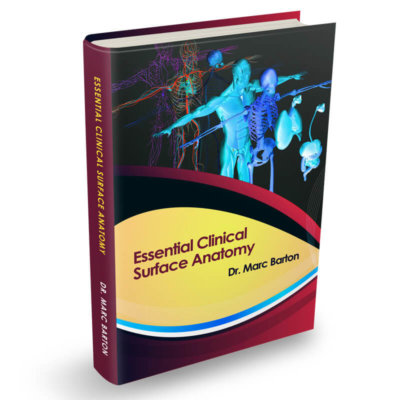Articles

Understanding the APGAR Score
The Apgar score is a simple method of assessing a neonate’s well-being at birth. There are five criteria, each of which is allocated a score between zero and two. The assessment is generally performed at one and five minutes after delivery, and may be repeated later...

John Snow and the 1854 Cholera Outbreak
In August 1854, Soho in London was struck with a severe cholera outbreak. Cholera is a gastrointestinal infection caused by the bacterium Vibrio cholerae. It is still prevalent in areas with inadequate sanitation and poor food and water hygiene and remains a...

Wound Healing
Wound healing, as a normal biological process in the human body, is achieved through four precisely and highly programmed events: haemostasis, inflammation, proliferation, and remodelling. For a wound to heal successfully, all four phases must occur in the proper...

Mastering the Symphony of the Heart: A Comprehensive Guide to the Heart Sounds
The heart produces a symphony of sounds that can provide valuable insights into a patient's cardiovascular health. This article will delve into the fundamental principles of heart sounds, their physiological basis, and their clinical significance, equipping medical...

Haemophilia
Haemophilia is a group of hereditary genetic disorders that result in impaired coagulation. There are two main types of haemophilia: Haemophilia A Haemophilia B Haemophilia A Haemophilia A is a bleeding disorder caused by a deficiency of clotting factor VIII. It is...

Acute Limb Ischaemia
Acute limb ischaemia is defined as a sudden decrease in limb perfusion that threatens the viability of the limb. It is most commonly caused by acute thrombotic occlusion of a previously partially occluded, thrombosed arterial segment or secondary to an embolus from a...

Germ Warfare and the Siege of Fort Pitt
Germ warfare is defined as "the use of biological toxins or infectious agents with the intent to kill or incapacitate as an act of war." These biological agents are quite literally used as deadly living weapons. Germ warfare is by no means a modern concept, and...

Cytochrome p450 Enzymes and Drug Metabolism
Many drugs are metabolised in the liver. Drugs are either metabolised by phase I reactions (oxidation, reduction, or hydrolysis) or phase II reactions (e.g. glucuronidation). Phase I reactions are mainly carried out by the cytochrome P450 family of isoenzymes, of...

Building a Career in Global Health and Expedition Medicine
Building a career in global health and expedition medicine - the good, the bad, and the stuff no one tells you! Can I be a neurosurgeon and travel the world with my work? I’d like to do paediatrics but with some humanitarian work- is that possible? Will I still be...

Understanding Homeostasis
Homeostasis is the property of a system in which variables are regulated so that internal conditions remain stable and relatively constant. Examples of homeostasis include the regulation of temperature and pH balance. The two body systems that are responsible for...




